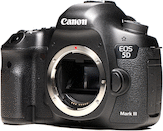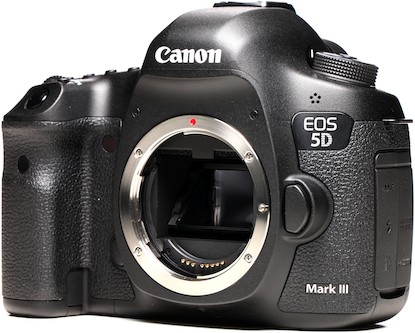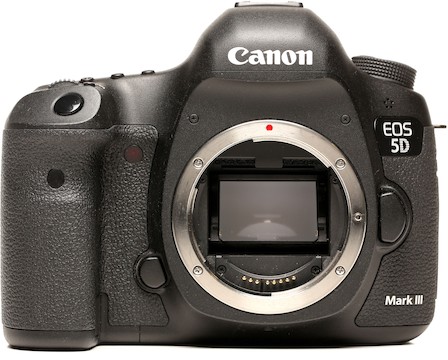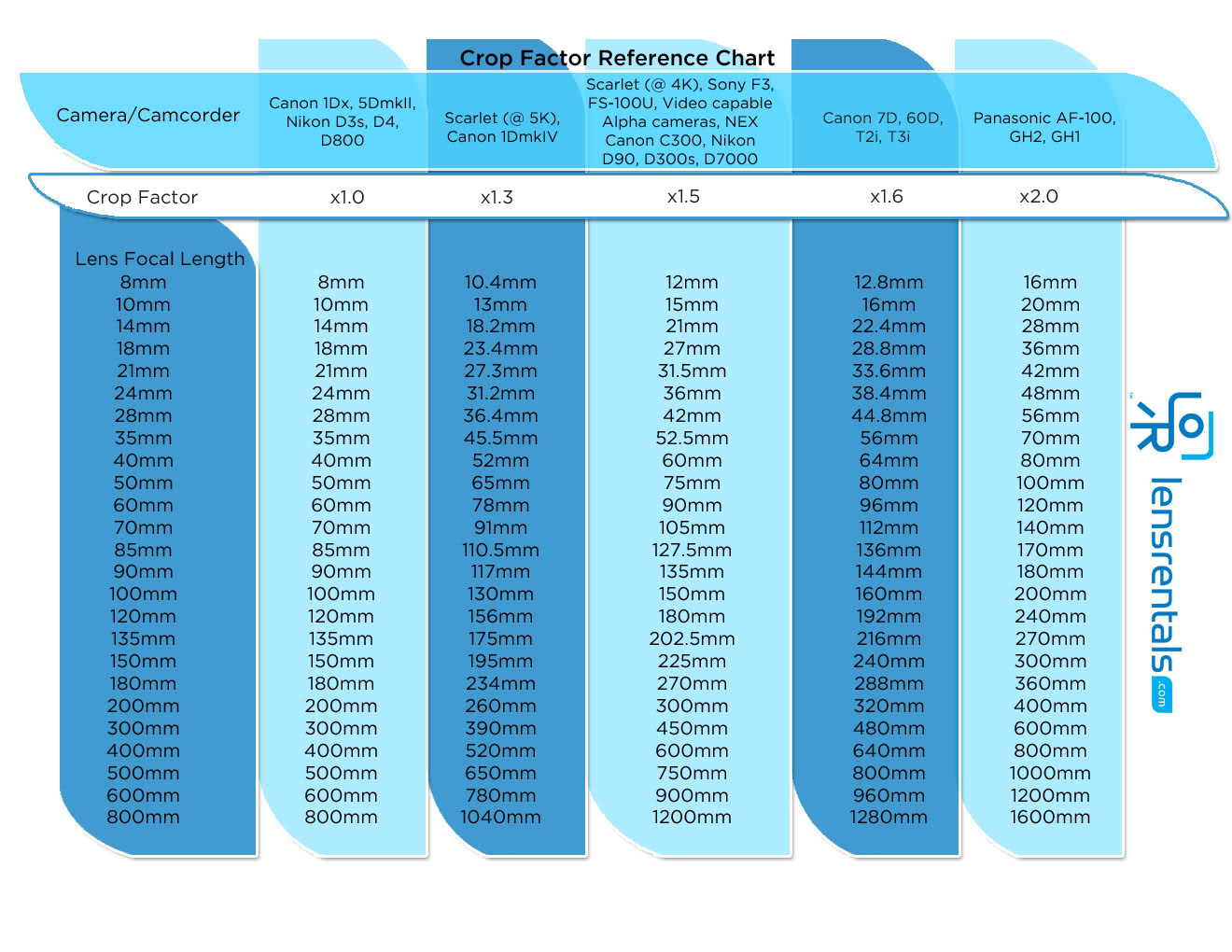The Canon 5D Mark III is a pro-grade DSLR and predecessor to the 5D Mark IV. Key features include:
What’s New? The Canon 5D Mark III has a dedicated 63-zone metering sensor, improved 3.2" multi-coated and reflection resistant rear LCD, superimposed display intelligent viewfinder, and dual CF/SDHC memory card slots. A few other notable additions are an updated menu layout, Auto ISO improvements, in-camera HDR options, and the side-by-side image comparison playback mode.
22.3MP Full-Frame Sensor and DIGIC 5+ Processor. Based around a full-frame 22.3MP sensor driven by Canon’s DIGIC 5+ processor, the Canon 5D Mark III has a standard ISO range of 100-25,600, which is two stops more than the Canon 5D Mark II.
Advanced Autofocus System. The 61-point (41 cross-type) AF system was carried over from the Canon 1DX. While the 1DX’s tracking capabilities didn’t make it into the 5D Mark III, users will be pleased with its low-light AF performance and accuracy, both of which have been improved over the 5D Mark II. This system significantly updates its predecessor’s most limiting feature and puts the 5D Mark III among the top AF performers. The 5D Mark III’s AF capabilities differ depending upon which lens is mounted. For more information, see pages 79-84 of the 5D III manual.
Improved Video Features. From a video standpoint, the 5D 3 features some significant improvements. While it still has the standard 1080/30p, it can also record at 720/60p, improved All i-frame and IPB compression options, and a maximum clip length to 29 minutes, 59 seconds without fear of overheating.
Audio Options. The image sensor and processor also combine to help minimize the rolling shutter effect that plagues many video-enabled SLRs. Top it off with built-in audio monitoring through the headphone jack and audio-level adjustment via the now touch-sensitive rear dial, and you’ve got a greatly improved but familiar HDSLR that can be used to shoot anything in its way.







